Gulag rebirth: slave labor flourishes in US prisons
Most recently, on October 30, Russia celebrated the Day of Remembrance of the Victims political repression. When the phrase "political repression" is pronounced, another word comes to minds of many - GULAG. Although the Gulag, in my opinion, was related not so much to politics as to the economy.
Do you remember how it all started…
The Gulag stands for Main Directorate of the Camps of the NKVD of the USSR. It is believed that this abbreviation actually arose 90 years ago - in 1929. The founding father of the Gulag was a certain Naftaly Frenhel, who in that distant year proposed to use the labor of prisoners for the construction and operation of industrial facilities. This man began his career as an ordinary convict, after which he became a warder on Solovki. Although today such a turn in his biography seems surprising, in those harsh times, prisoners often became overseers, and even more often overseers found themselves in the place of their wards.
So, Frenhel’s idea turned out to be very successful, especially since for the industrialization that began, free labor was very welcome. It has become especially in demand in sparsely populated areas of the Far North, Siberia and the Far East.
We will not focus much on the legal and moral side of this issue, although lawlessness, arbitrariness and bullying against people who fell into the tenacious hands of the OGPU-NKVD-MGB system were commonplace phenomena. Consider it from a pragmatic, economic point of view.
The Soviet leadership, which was not at all devoid of pragmatism, quickly realized that the work of prisoners was nothing more than a valuable economic resource. Still in my memory was the First World War, which smoothly turned into two revolutions, and then the bloody fratricidal Civil War. During these events, millions of people in our country died. Therefore, not only civil rights of man, but also his life in Soviet society were then treated without due respect. The ideological treatment of the population also contributed significantly to this.
It doesn’t matter if criminal recidivists, maniacs, ideological opponents of the Bolsheviks, enemies of the Soviet government, traitors to the Motherland, or even just slandered or random people (for example, a Yakut hunter who lived in the taiga and received 25 years for Trotskyist activity) fell into places of imprisonment. The main thing is that they all became free labor.
The best friend of athletes, Comrade Stalin, during a discussion of the practice of early release of prisoners, realizing the importance of their free labor for the industrialization of the country, stated the following:
We do poorly, we disrupt the work of the camps. The release of these people, of course, is necessary, but from the point of view of the state economy, this is bad ...
What do you think is more important for the state - the desire of prisoners for freedom or the needs of the national economy? I think this is a rhetorical question.
What created the Soviet ZK
When they say that the Soviet economy of the Stalin era was built and held on the labor of convicts, this is not entirely true. Of course, a lot was created by the work of prisoners. The scope with which it was used in our country is simply amazing.
It is no secret that the convicts of the Soviet Union participated in the construction of most industrial facilities during the years of industrialization and after its completion. This system was able to survive Stalin and lasted until the 60s of the last century. With the help of the prisoners, water canals were built that connected the Russian rivers and made Moscow a port of five seas. They helped to build hydroelectric power plants, lay tunnels, railways and roads, build metallurgical plants, and nuclear facilities. The Gulag accounted for about 10 percent of all capital construction in the USSR.
Even some Soviet cities, including the regional center of Magadan, were founded by prisoners of the Gulag.
A significant share of the mining industry of the USSR was also under the jurisdiction of the Gulag. This department oversaw the entire extraction of gold, diamonds, apatites, cobalt. The prisoners also mined in our country coal, uranium, and ores of various metals.
And although the expression “send to logging” has become a household word, meaning sending to places of detention, prisoners accounted for only 15 percent of logging operations in our country.
It is also worth mentioning the so-called "counterparty work", where, according to 1947, a little more than 350 thousand prisoners were employed. These people went to enterprises outside the Gulag system and subordinate to other departments. They were used in a variety of sectors of the national economy - from mechanical engineering to the textile industry.
If we consider the issue superficially, then free labor is very profitable. But it should be borne in mind that it was not completely free. Although the life of the prisoners was quite unsweetened, many of them died from malnutrition, cold, illness or beatings, but nevertheless they received some food, clothes, bunks in the barracks. It should also be understood that the cost of protection is also rather big. Overseers need to issue uniforms, weapons, pay wages. It is also necessary to build towers, fences, etc.
Moreover, the labor efficiency of prisoners is much lower than that of free people. Not for nothing because the slave system collapsed. Of course, if a person works forcibly, he will not try too hard. And can a sick, half-starved, frozen person work effectively?
Thus, the results of the labor of prisoners, despite the scope of its use, for industrialization were lower than the results of labor of free Soviet citizens. Indeed, the enthusiasm of ordinary workers was so great that they worked real miracles, were willing to voluntarily go to any difficulties and hardships, to work overtime. And although the contribution of the Gulag to Soviet industrialization was enormous, it was not decisive because of the low efficiency of labor.
American Gulag
As during the Cold War, Westerners, as well as some Russian citizens, accuse our country of being undemocratic, looking for not the brightest episodes of its history. They believe that Russia has always been a totalitarian state, and the United States is a vehicle of progress and a model of democracy for the whole world. At the same time, they either don’t know or they know, but they bashfully hold back that the United States and other Western countries had a completely similar policy and never disdained the active use of forced labor on a large scale. As they say, without noticing the "log in their own eye", they are looking for specks from others.
Unfortunately for those who like to criticize the Soviet system, the Bolsheviks were not pioneers in the massive use of prison labor.
Everyone heard about the link to the galleys, which was practiced in a number of European countries. Work there was neither voluntary nor easy. Hard labor - it is hard labor.
Before the United States became a model of democracy for the whole world, the British Empire played this role. We will not recall what was happening in its many colonies, over which the sun never set. In England itself, this center of world civilization, there was a practice of catching unemployed and homeless citizens and forcible placement in work houses, where they worked for food for the benefit of the empire. And in Australia, which was part of the British Empire, most of the large cities were built by exiled prisoners, that is, they were the fruits of forced labor.
But the United States went farthest. Americans, having gained freedom, became even more oppressors than their predecessors. Freed from the power of the British Empire, the citizens of the new free country continued to actively use the slave labor of their compatriots with a different skin color, mainly on cotton plantations. These people did not serve their sentences; they were guilty only of their racial origin.
When, after the victory of the northern states in the Civil War, the abolition of slavery was announced, little has changed in the life of former slaves. After their release, most of them became homeless. And since they still had to work on cotton plantations, they began to catch them again, accusing them of vagrancy, and sending them again as convicts to forced labor. It even came to the ridiculous: some of them were required to reimburse their former slave owners for the costs of their living and food. And since they had no money, they were sent to work off debts.
Since the former black slaves, having served their sentences, did not cease to be vagabonds, they were again caught and engaged in socially useful work, so many of them came to prison quite often.
American prisoners not only worked in the cotton fields, but also participated in the construction of buildings, enterprises, roads and railways. American industrialization, like Soviet industrialization, could not do without labor. By the beginning of the 20th century, the American Gulag had become more international. Not only African-Americans, but also whites began to get there. Unlike the USSR, almost all of them were convicted of criminal offenses, there were practically no political ones.
Soviet convicts worked in more difficult climatic conditions than American ones. But practical Americans, who know how to count money well, figured out how to save money on security. They simply fettered a group of prisoners with one chain so that they could work, but could not escape. Chains have not been removed for years, therefore, in such “chained with one chain” iron rubbed limbs, they were driven out, which often led to amputation.
It so happened that the American Gulag practically ceased to exist precisely when the Soviet one appeared. And the reason for this was not humanism and democracy, but more practical considerations. It was then, from the end of the 20s of the last century, that a crisis erupted in the United States and unemployment increased. There was an excess of free labor, and the need to use the labor of prisoners disappeared.
Gulag 2.0?
Whereas in our country the forced free labor of prisoners was abandoned in Soviet times, in the United States they did not completely abandon this practice. Moreover, in the USA, the Gulag is undergoing a rebirth. Moreover, the Americans managed to make this system even more perfect.
They created "commercial prisons." Prior to this, neither the British colonialists nor our fiery revolutionaries could have thought of. The idea is simple, like all ingenious. Now part of the American prisons have become the same commercial enterprises as factories, banks or supermarket chains. Entrepreneurs in the same way invest their money in them in order to make a profit.
The fact is that American law prohibits all types of forced labor, except for the labor of convicts. Therefore, opening a private prison, the entrepreneur takes care of the costs of maintaining and protecting prisoners, making a profit from the use of their free labor.
This business area originated in the United States in the 80s of the last century. By the 90s, about 2 thousand American prisoners were in commercial prisons. The business turned out to be so profitable that the prison population in the United States grew 100 times. Today there are already more than 200 thousand prisoners.
Another area of this business in the United States was the rental of prisoners. Private entrepreneurs began to rent convicts in state prisons for work.
And taking into account the fact that the USA takes the first place in the world in the number of “prisoners” (every fourth prisoner of the planet is in an American prison), the prospects for growth are far from exhausted.
In modern Russia, the labor of prisoners has recently been used, but it was neither forced nor free. Many Russian prisoners work to make money. There are other benefits. A person, while in custody, finds an occupation for himself, learns a profession or tries not to lose skills that may be useful to him after his release.
In 2019, the State Duma of the Russian Federation adopted a law on the use of labor of prisoners outside places of deprivation of liberty. It is difficult to say how it will affect the life of prisoners, whether it will turn them into a free labor force or help to adapt to normal life. It is hoped that Russia will not follow the "progressive" western path in this matter.
- Sergey Kuzmitsky
- https://novostipmr.com/
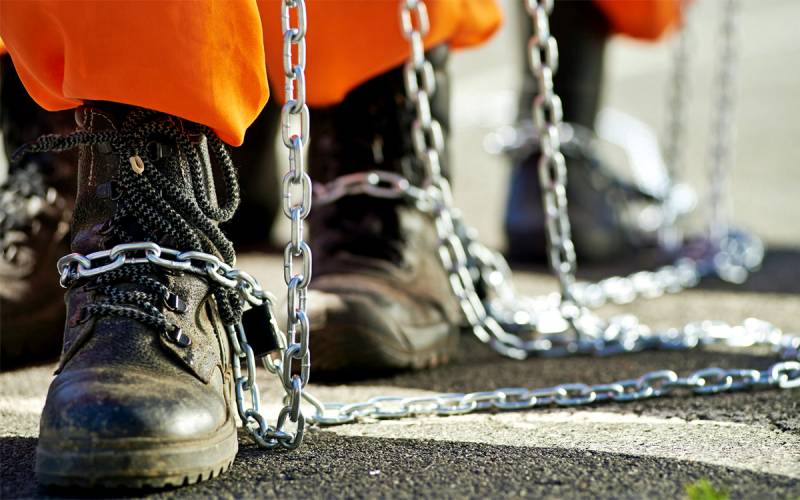
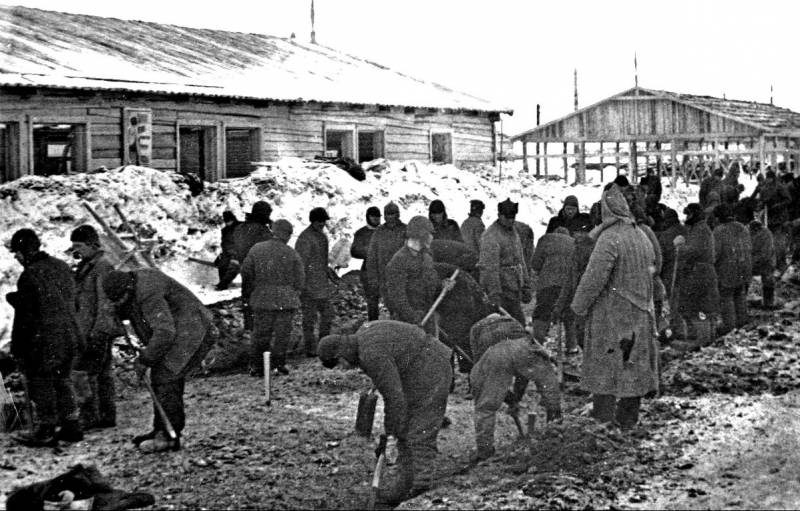
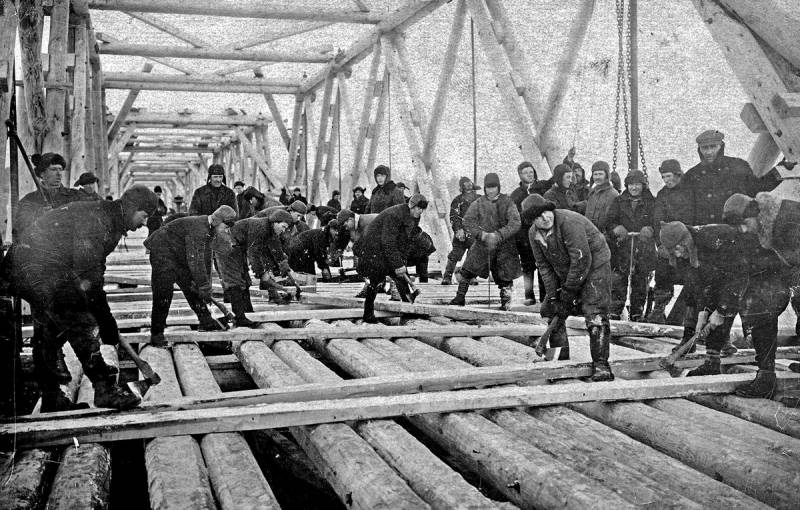
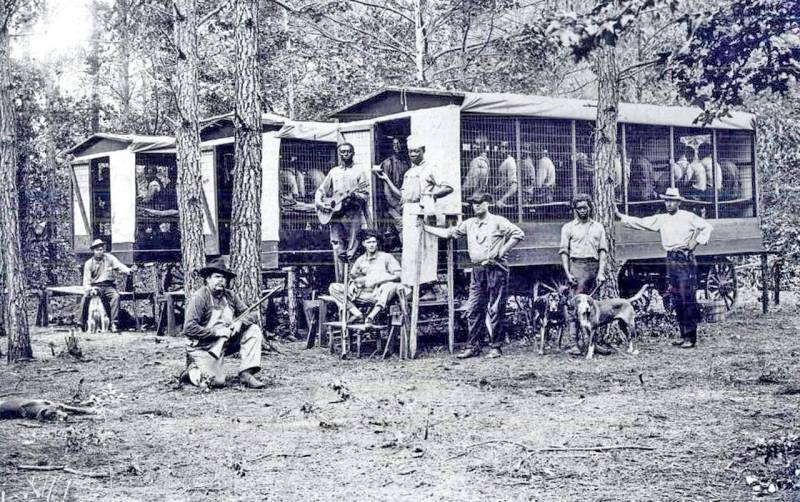
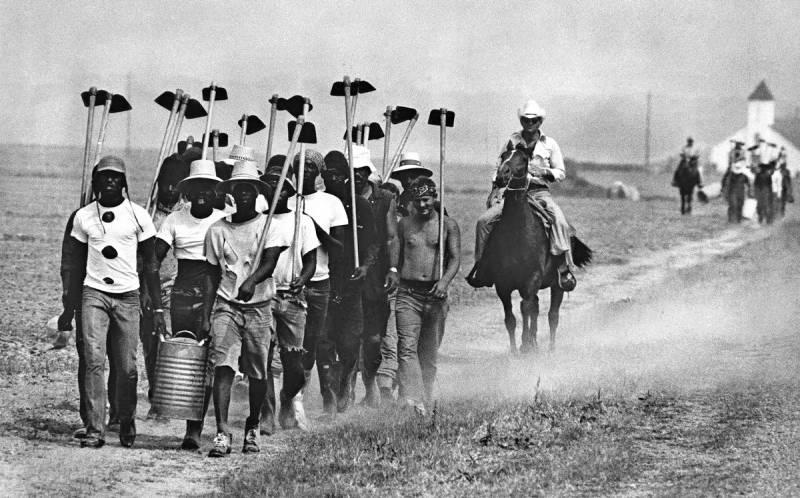
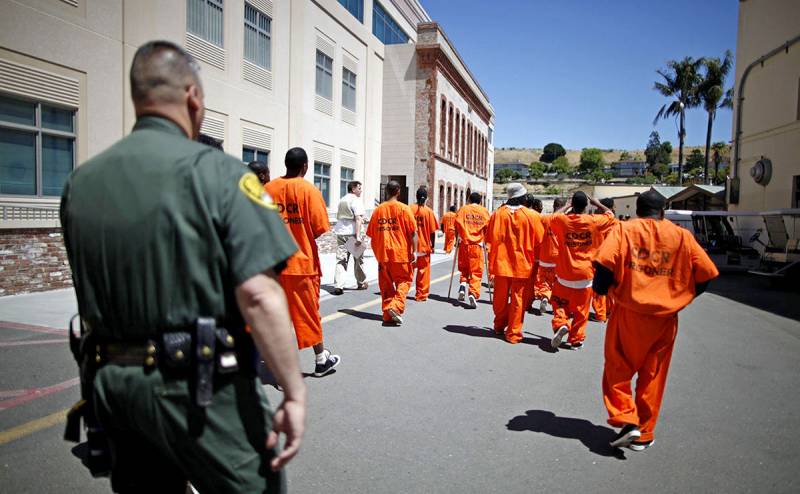
Information